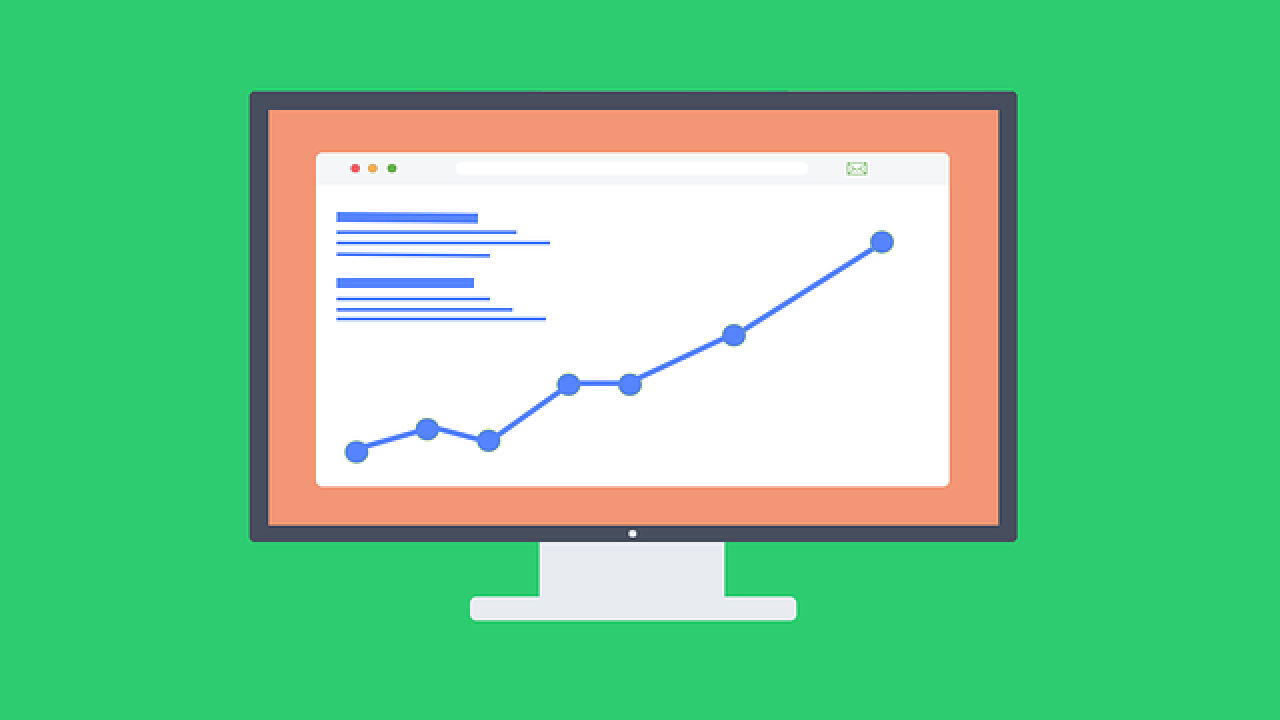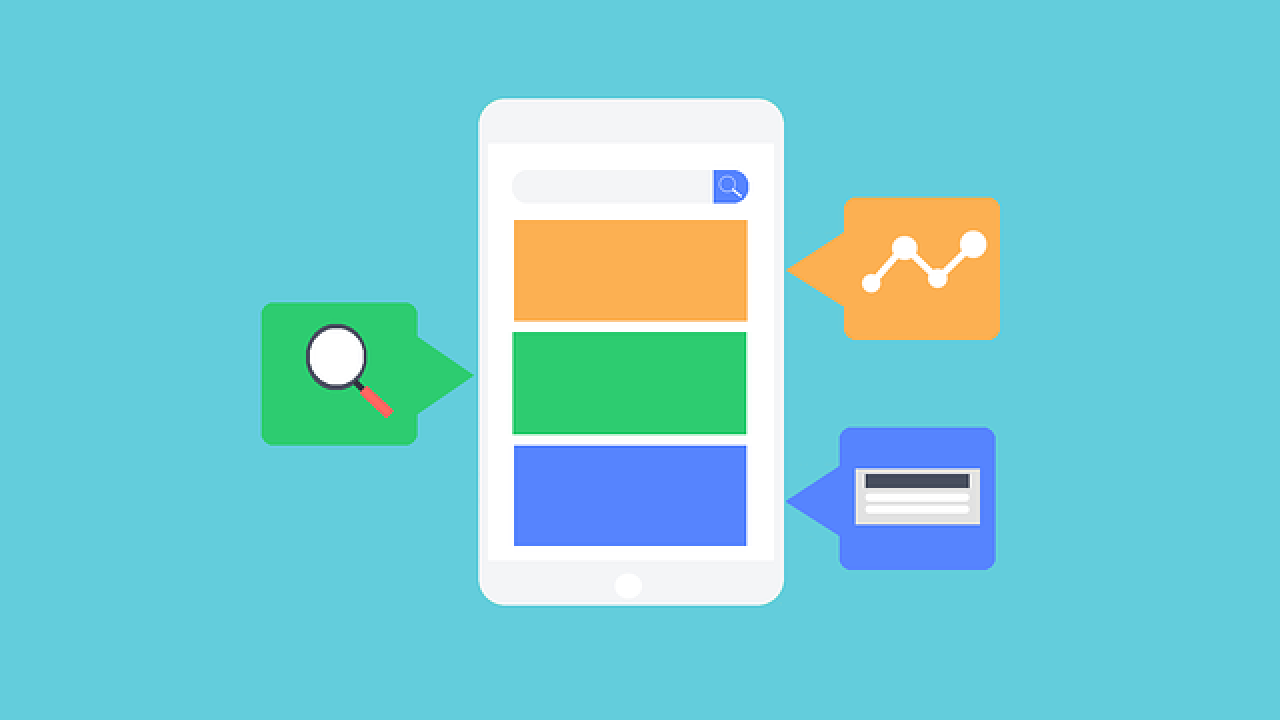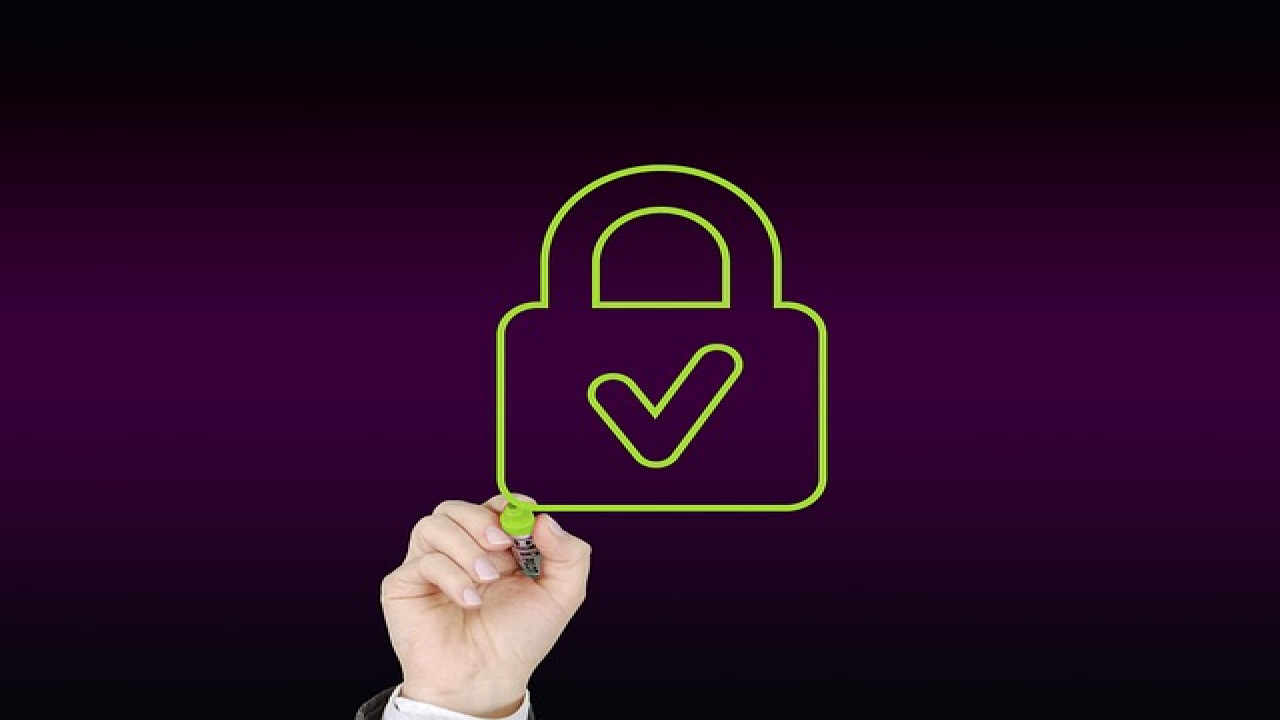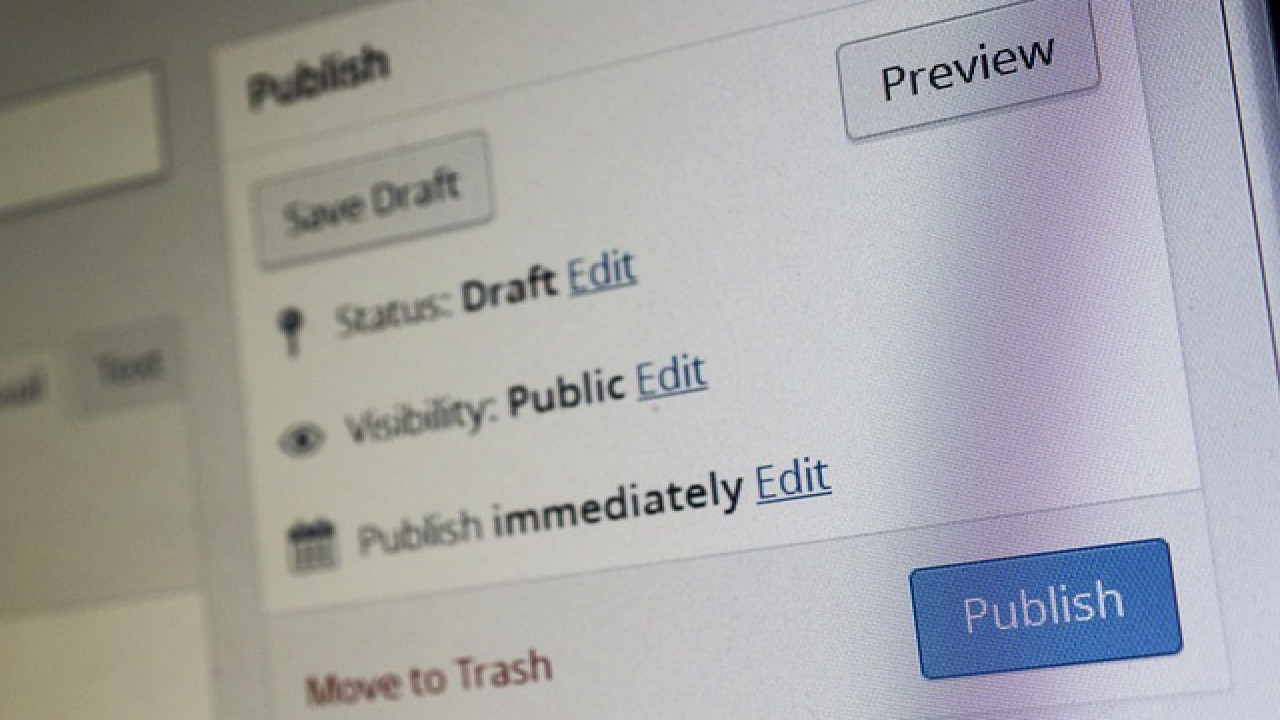Best Image Formats for SEO: JPEG, PNG, or WebP?
When optimizing your website for SEO, one element you might overlook is image format. However, choosing the right image format can significantly impact your site's performance and load times, both of which are critical for SEO. But with so many formats available, such as JPEG, PNG, and WebP, it can be difficult to know which one is best. In this blog post, we'll break down each format and help you decide which one is right for your website.
1. JPEG (Joint Photographic Experts Group)
JPEG is one of the most popular image formats used on the web. It’s well-suited for photographs or images with gradient colors. Here are some key points about JPEG:
Pros:
- Compression: JPEG images can be compressed to smaller sizes, which helps improve page load times. This is especially important for SEO, as Google factors page speed into search rankings.
- Widely Supported: JPEG is supported by virtually all browsers and devices, making it a safe choice for compatibility.
- Good for Complex Images: JPEG works best for images with lots of colors or gradients, such as photos.
Cons:
- Lossy Compression: JPEG uses lossy compression, meaning some image data is lost during compression, which can affect image quality, particularly when compressed too much.
- No Transparency: JPEG does not support transparent backgrounds, which limits its use for graphics that need transparency.
2. PNG (Portable Network Graphics)
PNG is a popular format for images that require a high level of detail, such as logos, icons, and illustrations. It’s especially known for supporting transparency.
Pros:
- Lossless Compression: PNG uses lossless compression, meaning no image data is lost during compression, preserving image quality.
- Transparency: PNG supports transparent backgrounds, which is useful for images that need to overlay on different background colors or images.
- Sharp Quality: PNG is ideal for images with sharp edges, text, or logos, where high resolution and clarity are necessary.
Cons:
- Large File Sizes: Due to lossless compression, PNG images are often larger than JPEGs, which can slow down your page load times. Larger files can negatively impact SEO, especially if you have many images.
- Not Ideal for Photos: PNG is not the best choice for complex, colorful images like photographs because the file size can become unnecessarily large.
3. WebP (Web Picture format)
WebP is a relatively new image format developed by Google, designed to offer superior compression without compromising on image quality.
Pros:
- Superior Compression: WebP offers both lossy and lossless compression, and in many cases, it produces smaller file sizes than JPEG and PNG, making it ideal for improving page load times—an important SEO factor.
- Transparency & Animation: Like PNG, WebP supports transparency. It can also handle animation like GIFs, making it versatile.
- High Quality: Despite its smaller file sizes, WebP can maintain high image quality, often better than JPEG and PNG.
Cons:
- Browser Compatibility: While support for WebP is growing, not all browsers and devices fully support it. This can be an issue for users who may be on older browsers that don’t support WebP.
- Limited Editing Software Support: Compared to JPEG and PNG, WebP isn’t as widely supported in image editing tools, which could be a disadvantage for some workflows.
Which Format is Best for SEO?
- For Photographs: JPEG is generally the best option for images with complex colors or gradients, as it strikes a good balance between image quality and file size.
- For Logos, Icons, and Graphics: PNG is your go-to format if the image requires transparency or sharp details. However, be mindful of file sizes and consider using PNG only when necessary.
- For Faster Load Times and Superior Compression: WebP is an excellent choice if you want to prioritize faster load times and better compression while maintaining high-quality images. If your website's design allows for it, consider using WebP for your images, but ensure your site gracefully falls back to JPEG or PNG for browsers that don’t support it.
How to Implement These Formats for SEO?
- Use Lazy Loading: To ensure your images don’t slow down your page load times, implement lazy loading. This will only load images as they become visible to the user, improving overall performance.
- Optimize Image Sizes: Regardless of the format you choose, always optimize image sizes to balance quality and file size. Tools like ImageOptim, TinyPNG, and Squoosh can help compress images without sacrificing too much quality.
- Use Responsive Images: Implement responsive image techniques to ensure your images are served at the appropriate size for different devices, reducing the amount of data needed for mobile users.
- Consider Using Image CDN Services: Services like Cloudflare or Imgix can deliver images in WebP format automatically to browsers that support it, while providing fallback options for browsers that don’t.
Conclusion
Choosing the best image format for SEO is a balancing act. JPEG is great for photographs, PNG works well for detailed graphics and transparency, and WebP is a superior choice for performance and compression. Consider using WebP as your default for faster load times but always provide fallbacks for compatibility. By choosing the right image format and optimizing images properly, you can improve both the user experience and your site's SEO performance.







Comments (0)